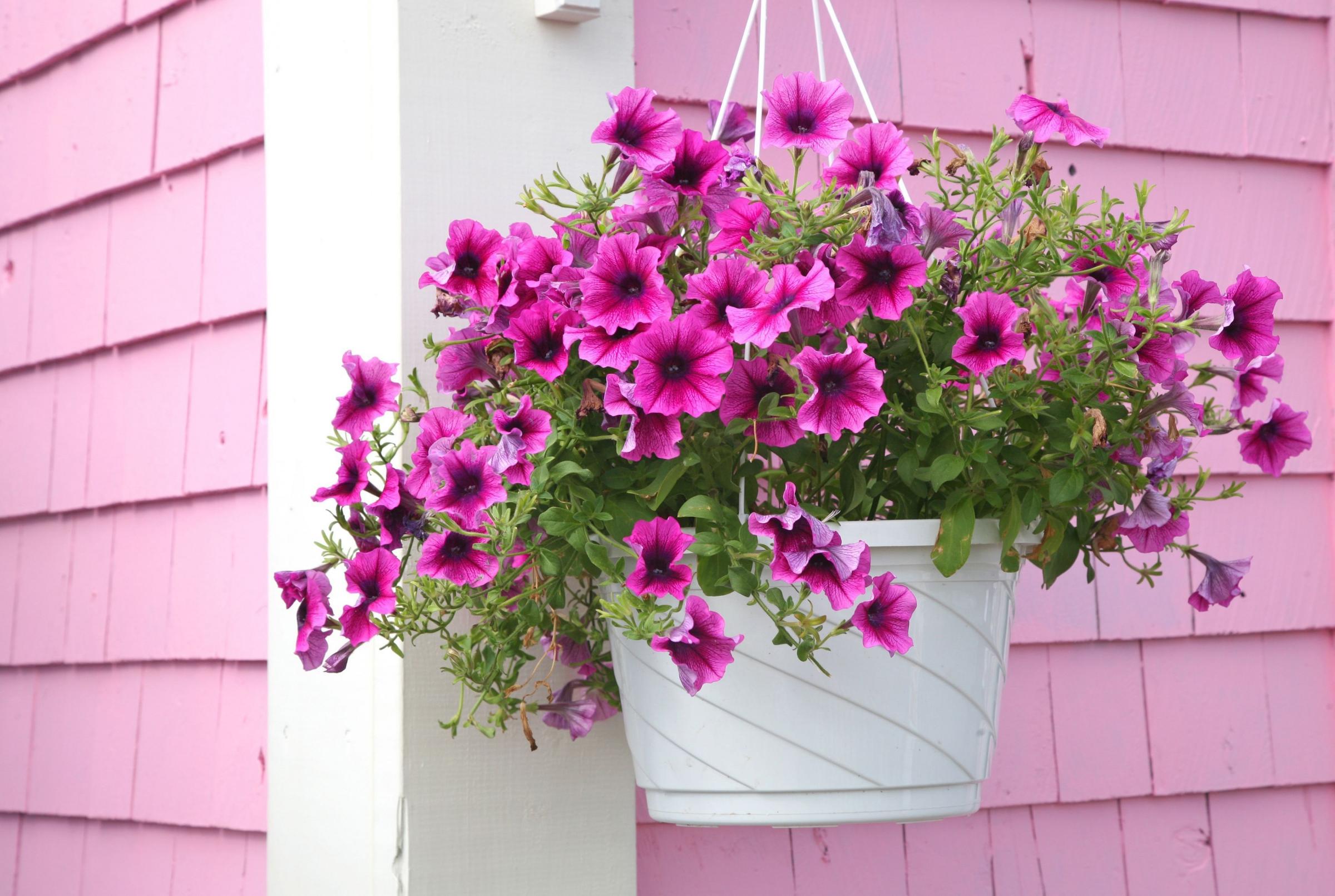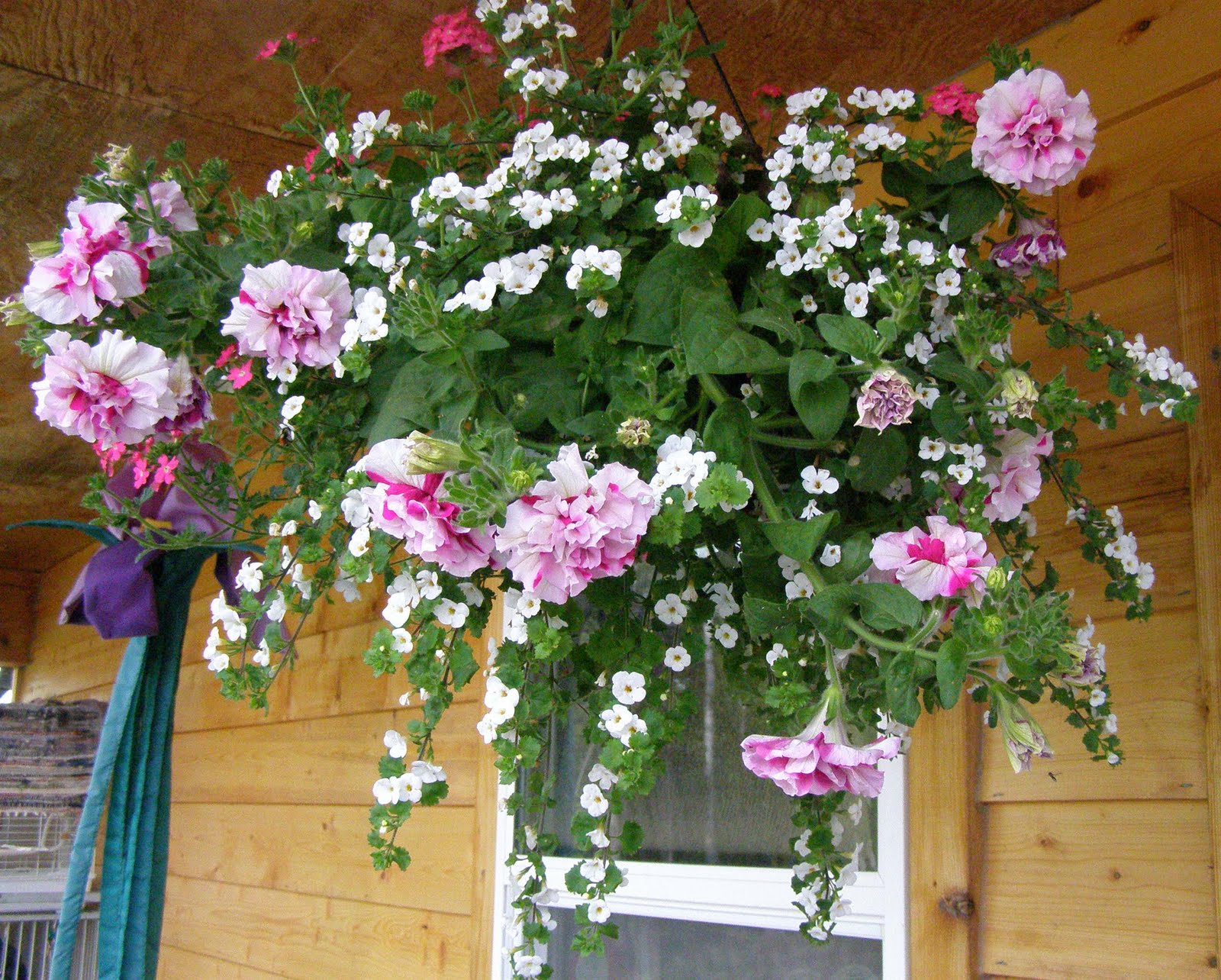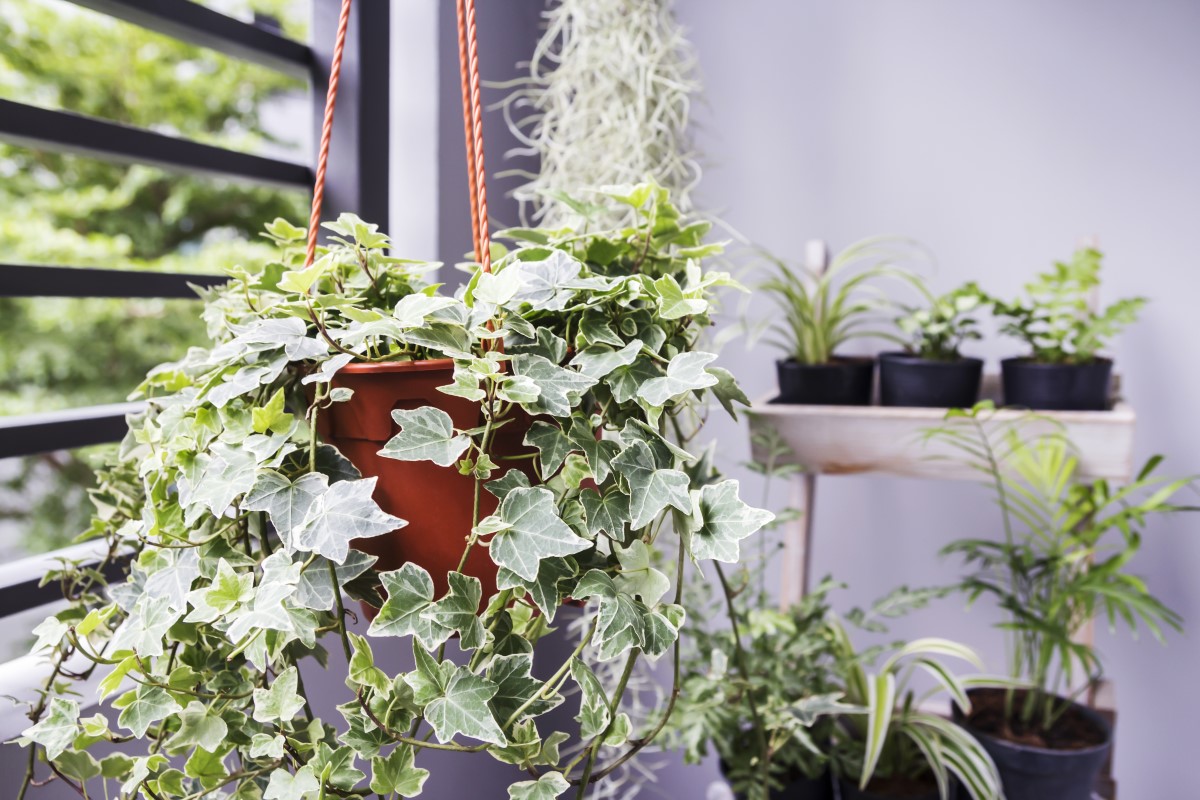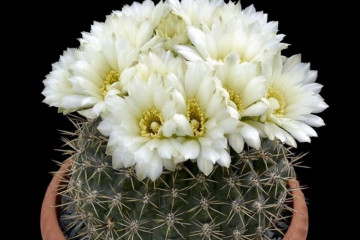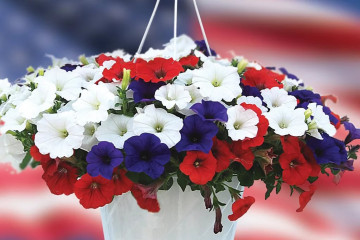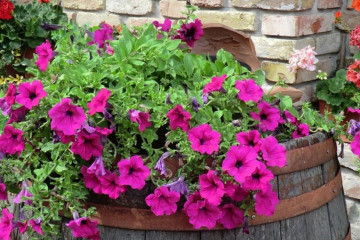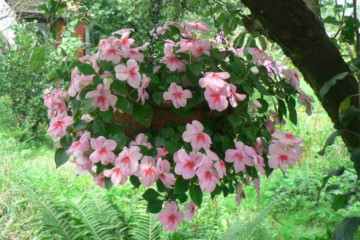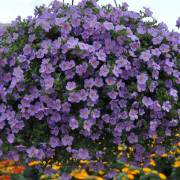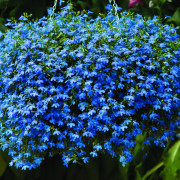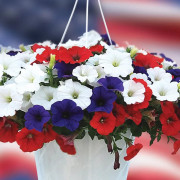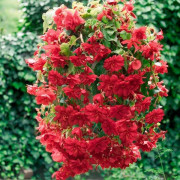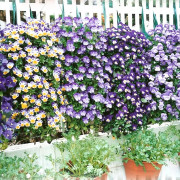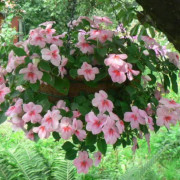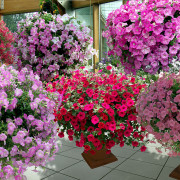Ampel plants for home and balcony
Content:
Ampel indoor plants are a decoration of any home. They not only green up the apartment, making it look fresher, but also enrich the air with useful substances. These flowers are characterized by active growth and curly structure. Finding a place for such a flower is very simple, due to its specificity, it can decorate any corner and sit comfortably in it. A long flexible stem of these flowers clings to any support that comes in its path, so you can control its growth.
Ampel plants for home
Most often, ampelous plants are placed on walls, for example, in a suspended state or on shelves. Thus, the flower can either hang down beautifully or curl along the wall, relying on various devices or special lattices. Indoor ampelous plants are rich in their diversity: they differ in color, flowering periods, shape, structure of leaves, etc. In care, such flowers are generally unpretentious, require only watering and sometimes feeding. Since there are so many species, every flora lover will be able to find a suitable option for herself.
Types of dwarf plants for the home
The main types of ampel indoor plants:
- Blooming. Flowering plants include indoor plants, which, accordingly, bloom periodically. The most popular ones are: climbing begonia, indoor jasmine, achimenes, mandeville;
- Decorative deciduous. These plants decorate the room with their beautiful leaves. Their brightest representatives: nephrolepis, roicissus, maidenhair. Some dwarf trees for the home, for example, ficus, are also classified as decorative deciduous flowers. This flower is undersized, but it looks very harmonious in the room.
- Ampel succulents are distinguished by their elastic watery leaves. Most often, these plants are small in size. For the most part, they are very gentle. The structure of such a flower is very easy to damage, so it requires careful handling.
Ampel flowers for the balcony
Ampel flowers are very versatile plants. They can curl the facades of buildings, decorate streets, and also place them in room conditions, for example, on a balcony or near a window. All three options will serve as an excellent decoration for the space, as well as a way to green the environment.
The place for ampelous plants on the balcony is chosen depending on the type. Some like more light, others less. Flowering plants, for example, grow best in areas that are closer to the east or west windows.
Decorative foliage and succulents, in turn, like light less, so it is best to place them in the back of the room. In order for the flower to be beautiful from all sides, the pot must be turned periodically, then it will develop symmetrically.
How to grow ivy on the balcony
Ivy is the most popular ampelous plant that is bred in the house. It feels great both outdoors and indoors, shade-tolerant. Various types of ivy are brought from Southern Europe and North Africa.The color is different: there are two-colored or one-color leaves, with a dark green or light green color. Leaf shape - angular, rhombic.
This flower can grow up to 30 m long, so if you wish, you can curl the entire wall with it. The best soil for a plant will be a mixture of sod land, humus and river sand. Ivy is not picky about watering, but at different times of the year it requires an individual approach. For example, in summer it is best to water abundantly and spray frequently.
The flower is propagated by cuttings. Usually they are planted in a pot in several pieces. Thus, the flower turns out to be very lush and starts up many branches. During the period of abundant growth, it is recommended to help the plant by feeding it with various fertilizers.
Ampel tomatoes: growing on the balcony
An excellent alternative to flowers can be the cultivation of ampelous vegetables, especially since they do not even require a separate garden plot. One of the options is ampelous tomatoes. They are slightly different in size from the usual ones, but in terms of taste they surpass all expectations. You need to understand in advance that growing tomatoes on the balcony can be called more entertainment than gardening, since the harvest will be small, but enough for a few salads.
Why is it worth giving preference to ampelous tomatoes? The advantage of tomatoes is that the conditions for growing them are very convenient: the fruits will not be susceptible to pests, the "weather" mode can be set independently.
Sowing ampelous tomatoes for seedlings should be carried out in March. The primer is suitable for ordinary, universal. The most important thing when growing ampelous tomatoes is, perhaps, watering. It should be moderate, it is worth making sure that the mail does not get wet.
You need to dive seedlings after the first leaves appear. Tomatoes should be transplanted into permanent containers in May. To get a good harvest, it is best to choose a capacity of 3-4 liters for planting. You can use the same soil for this as when planting seedlings.
Bacopa on the balcony
Bacopa is a very lush flower, abundantly blooming and unpretentious, therefore it is great for growing at home, but it is also appropriate for decorating the street. There are more than 100 species of these plants.
The plant has small bright green leaves, the shoots sometimes reach 60 cm. Flowering usually takes place in waves: at first, the bakopa pleases with an abundant color, after which it gradually becomes more moderate, but then resumes again.
The flower loves moisture very much, therefore it requires frequent watering. The advantage of this plant is that it easily tolerates temperature extremes, and grows both in the sun and in partial shade.
Viola ampelous on the balcony
Another flower that will not leave indifferent any grower. It can be grown from both seedlings and seeds.
In order for the plant to bloom profusely, great attention should be paid to lighting. The flower is not shade-loving. For viola, it is best to choose diffused sunlight and direct rays. However, if the summer is very hot, then it must be hidden from such abundant light. At home, viola grows best on open balconies, where a lot of sunlight gets in. You can experiment with the window sill, but it is worth making sure that the window is constantly open.
Viola looks great both in ordinary flowerpots and in hanging baskets.
What indoor plants can be kept at home
Among indoor ampelous flowers, there are both favorable and unfavorable, even poisonous to humans. Therefore, the choice of flowers for your apartment must be treated very carefully.
However, there are some that are even recommended to have in every apartment. This is due to their beneficial properties, good effects on health, as well as various signs that have come down to our days from ancient times to keep home comfort.
The most favorable plants for the home are:
- tradescantia;
- ficus;
- hoya;
- bell;
- Golden mustache.
What indoor flowers can not be kept at home
In no case should you keep poisonous plants in the house. Fumes from their leaves can harm human health, especially you need to be careful if children and pets live in the house.
Ampel house plants will be an excellent decoration for any home. Their wide variety allows each housewife to choose a suitable flower for herself, which will complement the interior. Lack of hassle with them once again pushes to give preference to the ampelous flower.
